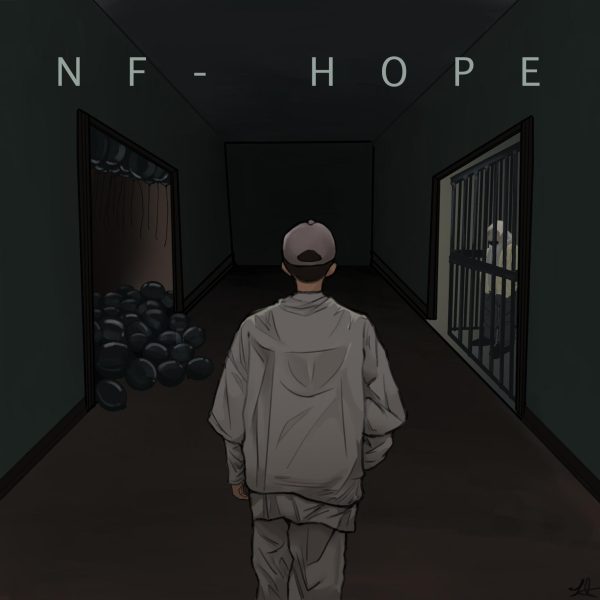What Happened in Nicaragua?
May 17, 2018
Primarily led by university students in Managua, Nicaragua, an uprising against the country’s government spurred on April 19. Due to feelings of injustice surrounding a new social security order, the protests have resulted in a rising death toll and a negative portrayal of the citizens by media.
The outrage was unleashed when current President Daniel Ortega made revisions to the social security mandates in the nation. With intent to decrease the deficit Nicaragua fell under, Ortega exacted a greater horror on his citizens — tremendously reducing hard-working citizens’ pensions which ultimately led to a growing fear of the deemed authoritarian government.
Both students and civilians revolted in Managua in order to express their disdain with the new economically devastating resolution. However, government militia was ordered to crack down on protesters who exhibited allegedly violent behavior. The originally expressed hatred of an unfair mandate spurred into something bigger: the call for Ortega to resign.
Due to his control over the country’s elections, the National Assembly and even the Supreme Court, it is not surprising that civilians feel their rights are being infringed on. It is unsure if their needs are being addressed and their voices heard when a figure like Ortega has the power to manipulate a democratic system.
Comparable to China’s Tiananmen Square protests in the 1980s, the regime in Nicaragua chose to disguise the real death toll caused during the April revolts. While the Nicaraguan Center for Human Rights reports a death toll of 42, government officials claim only 10 lives were lost due to clashes from police and protesters.
While the protests have subsided, the death toll continues to rise and the sentiment ordering for Ortega’s resignation grows. Since the lethal protests have occurred, the U.S. State Department and United Nations stand in solidarity with protesters, yet call for a peaceful resolution.




